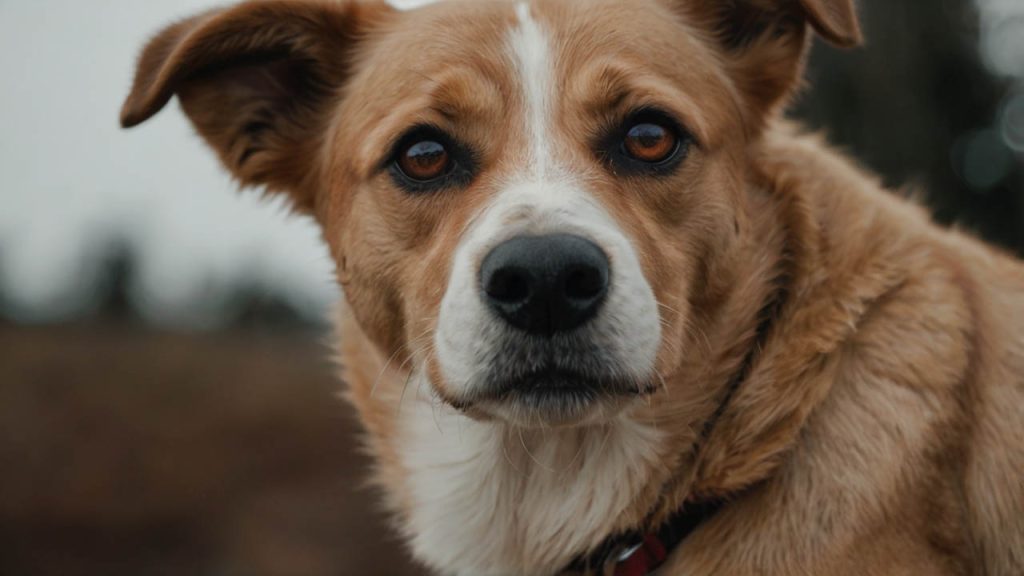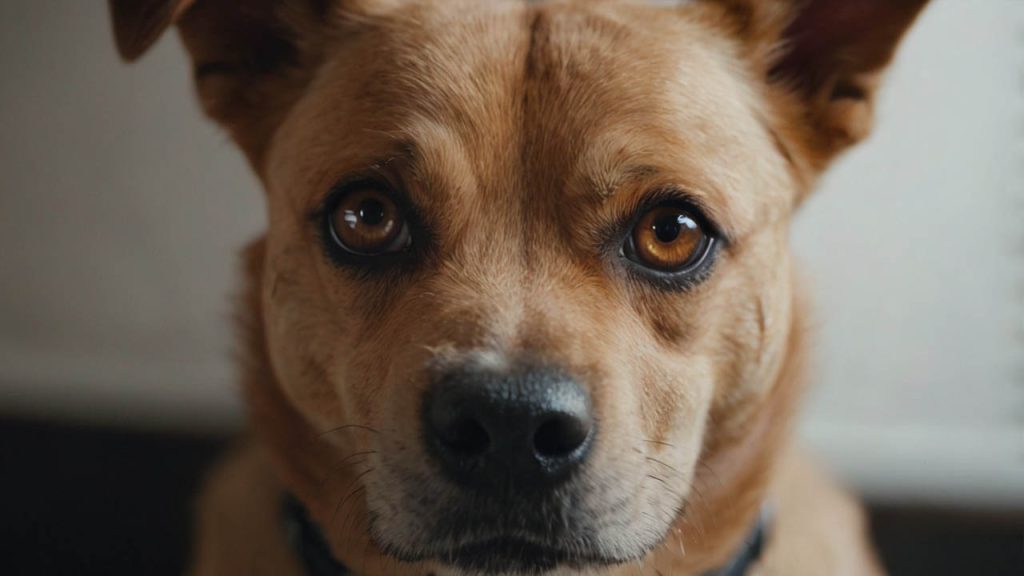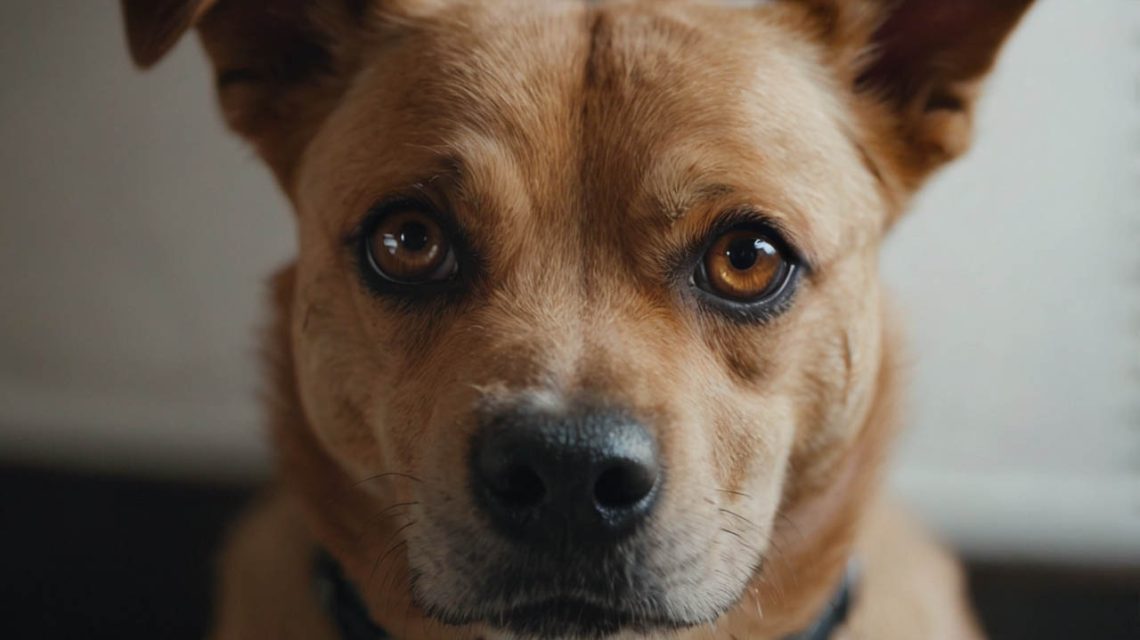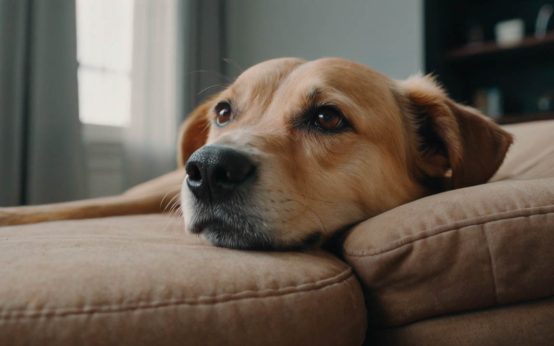The Ultimate Guide to Dog Anxiety Treatment: Finding Calm for Your Canine Companion
Watching your dog suffer from anxiety is gut-wrenching. The frantic pacing, the destructive chewing, the heart-breaking whimpers when you leave—it can feel overwhelming. If you’re searching for a real, lasting dog anxiety treatment, you’re not just looking for a quick fix; you’re looking for a way to give your best friend their peace and confidence back.
Let’s talk about Mark and his rescue, Leo. Leo was a sweet-natured Shepherd mix, but he had a secret terror: being alone. Mark would come home to find his doorframes clawed to shreds and his couch cushions destroyed. This wasn’t bad behavior; it was a panic attack in dog form. Mark realized he needed a comprehensive dog anxiety treatment plan.
His journey is a powerful roadmap for anyone in a similar situation. It wasn’t about a single magic pill or gadget. It was about a multi-layered approach that combined behavior modification, environmental changes, and veterinary support. This guide will walk you through that exact process, providing you with the expert-backed strategies and tools you need to create a successful dog anxiety treatment plan for your own dog.
What is Dog Anxiety Treatment? A Holistic View
First, let’s redefine the term. An effective dog anxiety treatment isn’t a single action; it’s a holistic strategy. Think of it as a three-legged stool. If one leg is missing, the whole thing becomes wobbly and ineffective.
The Three Pillars of Effective Dog Anxiety Treatment
- Behavior Modification: This is the foundation. It involves actively retraining your dog’s emotional response to their triggers through science-based, humane methods.
- Environmental Management & Enrichment: This involves shaping your dog’s world to reduce stress and provide healthy outlets for their physical and mental energy.
- Medical & Naturopathic Intervention: This can range from over-the-counter calming supplements to prescription medication prescribed by your veterinarian to support the behavior modification process.
Ignoring any one of these pillars is why so many owners feel like they’re “trying everything” with no success. A truly effective dog anxiety treatment integrates all three.

The First Step: A Vet Check-Up Before Any Treatment
Before you begin any dog anxiety treatment, your very first stop must be your veterinarian’s office. Many medical conditions can mimic the symptoms of anxiety. Pain from arthritis, thyroid issues, or even cognitive dysfunction in older dogs can cause behavioral changes. It’s crucial to rule out an underlying physical cause.
Your vet is your most important partner. They can confirm that the issue is behavioral and discuss the full spectrum of treatment options with you.
Behavior Modification: The Core of Dog Anxiety Treatment
This is where you actively teach your dog how to cope. It’s the most labor-intensive part of the treatment, but it’s also the most permanent.
Desensitization and Counter-Conditioning (DSCC): Your Most Powerful Tool
This two-part technique is the gold standard for changing a dog’s emotional response.
- Desensitization (DS): Gradually exposing your dog to their trigger at a level so low it doesn’t cause fear.
- Counter-Conditioning (CC): Pairing that low-level trigger with something your dog absolutely loves (like chicken, cheese, or a favorite game).
Example for Separation Anxiety: For Mark and Leo, the triggers were departure cues (keys, jacket, shoes).
- DSCC in action: Mark started by just touching his keys. The moment he did, he tossed Leo a high-value treat. He did this until Leo started looking excited, not anxious, when he touched the keys.
- Gradual Steps: He then progressed to picking up the keys, jangling them, walking to the door—all while pairing each tiny step with a reward. This process slowly rewired Leo’s brain to associate keys with treats, not terror.
This same process can be used for noise phobias (playing storm sounds at a barely audible level while giving treats) or fear of strangers.
Relaxation Protocols in Your Dog Anxiety Treatment Plan
You can also teach your dog how to be calm on cue. Dr. Karen Overall’s Relaxation Protocol is a famous 15-day program that trains a dog to relax in their bed while you perform a series of increasingly distracting actions. This skill becomes an invaluable tool in your dog anxiety treatment toolkit.
Environmental Management & Enrichment for Dog Anxiety
This pillar is about setting your dog up for success by controlling their environment and meeting their instinctual needs.
Creating a Safe Haven to Support Treatment
Your dog needs a place where they feel completely secure. This could be a crate (if they love it) or a cozy corner of a room.
- Make it comfortable with their favorite bedding.
- Provide special “safe space only” toys.
- Use a white noise machine or calming music to mask outside stressors.
The Role of Physical and Mental Enrichment
A bored dog is an anxious dog. A dog with pent-up energy will find destructive ways to release it.
- Physical Exercise: Ensure your dog gets adequate daily exercise appropriate for their age and breed. A tired body leads to a calmer mind.
- Mental Enrichment: This is just as important! Give their brain a workout.
- Food Puzzles: Ditch the food bowl and make them work for their meals using puzzle toys or snuffle mats.
- “Sniffaris”: Let your dog lead a walk and sniff to their heart’s content. This is incredibly stimulating and calming for them.
Calming Aids and Supplements: Over-the-Counter Dog Anxiety Treatment
This is a booming market, but it’s crucial to separate the science from the hype. These aids are supports, not solutions. They can help take the edge off, making your dog more receptive to behavior modification.
| Type of Aid | How It Works | Best For |
|---|---|---|
| Pheromone Products (Adaptil) | Mimics the calming pheromone a mother dog produces. Available as a diffuser, collar, or spray. | General, low-level anxiety. Creating a calmer home environment. |
| Anxiety Vests (ThunderShirt) | Applies gentle, constant pressure (deep pressure therapy) to calm the nervous system. | Situational anxiety like storms, fireworks, or car rides. |
| Calming Supplements | Use ingredients like L-theanine, Tryptophan, or herbal blends (valerian, chamomile) to promote relaxation. | Mild to moderate anxiety. Must be used consistently. |
Important: Always talk to your vet before starting any new supplement to ensure it’s safe for your dog and won’t interact with other medications. The ASPCA provides good general guidance on supplement safety.
When to Consider Medication as a Dog Anxiety Treatment
For moderate to severe anxiety, prescription medication can be a life-changing part of a dog anxiety treatment plan.
Here’s the thing: medication does not “drug” your dog or change their personality. It works by reducing their panic to a level where their brain is capable of learning from behavior modification. Think of it like scaffolding on a building—it provides the temporary support needed to do the real repair work.
Common Medications Your Vet Might Suggest for Dog Anxiety
- Daily Medications (SSRIs): Drugs like Fluoxetine (Prozac) are often used for generalized anxiety or separation anxiety. They can take 4-6 weeks to reach full effect.
- Situational Medications: Drugs like Trazodone or Sileo (for noise phobia) are used on an as-needed basis before a known trigger event (like a thunderstorm or vet visit).
Expert Quote: According to the American College of Veterinary Behaviorists (ACVB), “Behavioral medications are often an essential part of treatment for many behavior problems… they can be the tool that allows a behavior modification program to be successful.” Source: DACVB

Case Study: Leo’s Successful Dog Anxiety Treatment Journey
Mark’s plan for Leo perfectly illustrates the three-pillar approach.
- Vet Visit: First, he confirmed with his vet that there were no underlying medical issues. They discussed a short-term prescription for Fluoxetine to help Leo’s brain be receptive to training.
- Management & Enrichment: Mark started by never leaving Leo alone longer than he could handle (using a sitter). He also introduced two puzzle toys for meals and added a 30-minute “sniffari” to their daily walk.
- Behavior Modification: Mark diligently worked on the DSCC protocol for his departure cues. He used a pet camera to monitor Leo’s progress.
After three months of consistent effort, Leo could be left alone for over an hour. He would work on his puzzle toy and then settle down for a nap. The medication provided the initial bridge, and the training built the permanent path to confidence.
FAQ: Your Questions About Dog Anxiety Treatment
Q: How long does dog anxiety treatment take?
A: There’s no set timeline. It depends on the severity of the anxiety, your consistency, and the individual dog. Mild cases might see improvement in weeks. Severe, long-standing cases can take many months or even years. The goal is steady progress.
Q: Are calming chews a safe dog anxiety treatment?
A: Many are safe, but their effectiveness varies. Look for products with transparent ingredient lists and good manufacturing practices. Always consult your vet before adding any new supplement to your dog’s regimen.
Q: Can dog anxiety be cured completely?
A: “Cured” is a strong word. A more accurate goal is “managed.” With a successful dog anxiety treatment plan, the symptoms can be reduced to a point where they no longer negatively impact the dog’s quality of life.
Q: When should I see a veterinary behaviorist?
A: If your dog’s anxiety is severe, involves aggression, or isn’t improving with help from your primary vet, it’s time to seek a specialist. A board-certified veterinary behaviorist (DACVB) has advanced training in this specific area and can be an invaluable resource.
Conclusion: Your Commitment to a Calmer Future
Embarking on a dog anxiety treatment plan is a profound act of love and commitment. It requires patience, consistency, and a willingness to see the world through your dog’s fearful eyes. We’ve explored the essential, multi-faceted approach: a solid foundation of behavior modification, supported by smart environmental management and, when necessary, the helping hand of supplements or medication.
The journey isn’t about finding a magic bullet. It’s about building a toolbox of strategies and learning which ones work best for your unique dog. For every dog like Leo who learns to be calm, there is an owner like Mark who committed to the process. Your dedication is the most critical ingredient for success. You are your dog’s advocate, teacher, and safe space.
Ready to start the journey toward a calmer, happier dog? Your first action step is simple: schedule a thorough check-up with your veterinarian. Discuss your concerns, rule out medical issues, and start building your dog anxiety treatment team. This single appointment is the first, most important step on the path to peace for you and your beloved companion.



 Dog Anxiety Treatment: Complete Guide
Dog Anxiety Treatment: Complete Guide